Koban Medallion
£48,000
Details
Authentic rare gold Koban coin minted circa 1860-1867 set in 18K yellow and white gold with rose cut diamonds.
Handmade in Rome.
History
Measurements
Delivery
Care

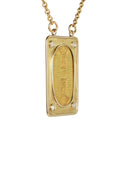
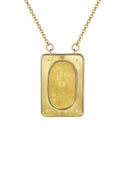
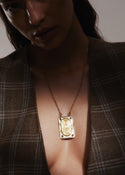
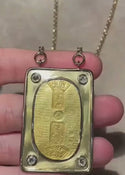
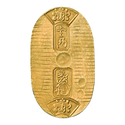
Man-En
(KOBAN)
(KOBAN)
The koban (小判) was an oval gold coin from the Edo period in feudal Japan, circulated by samurai and the elite. Its rarity is accentuated by the presence of the fan-shaped imperial Kiri crest, a symbol of its regal provenance.
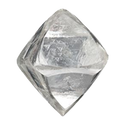
Diamond
(CARBON)
(CARBON)
Diamonds have a long history as beautiful objects of desire. In the first century AD, the Roman naturalist Pliny stated: “Diamond is the most valuable, not only of precious stones, but of all things in this world.” This high esteem reflects the diamond’s journey from formation to adornment.
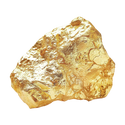
Gold
(18K)
(18K)
It is a dense, soft, malleable, and ductile metal. Gold is highly valued for its beauty, rarity, and resistance to corrosion. It does not tarnish or corrode over time, making it a perfect choice for jewellery.
Our items are handmade in our atelier in Rome.
Delivery is estimated at 4-6 weeks from when the order is placed with the atelier, but we always endeavour to deliver sooner. Our team will be in touch to keep your updated at every stage of production.
Alternatively please contact shop@dubini.co.uk



